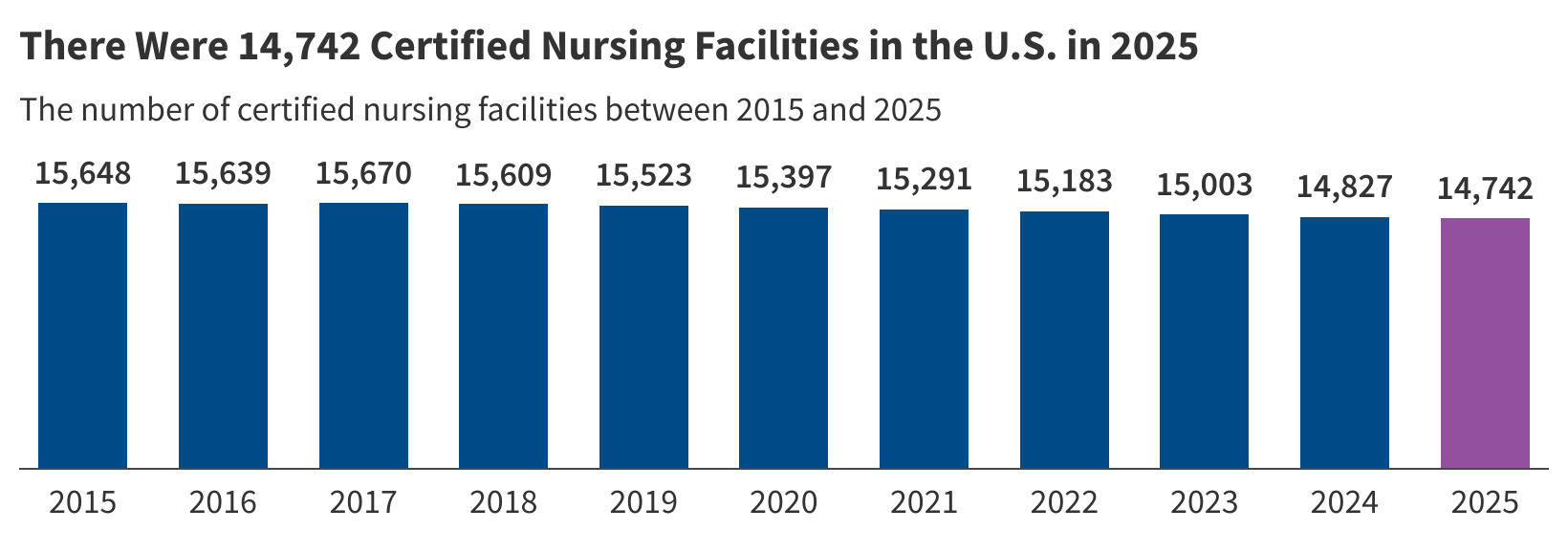A proposed rule from the Centers for Medicare & Medicaid Services (CMS) released Oct. 4 would protect beneficiaries from shady broker behavior and modify the federal risk adjustment program, among other changes.
Under the Notice of Benefit and Payment Parameters proposed rule (PDF) for the 2026 plan year, insurance agents could be held responsible for marketplace violations.
Brokers may also be suspended entirely, CMS said, and new processes would be put into place to increase transparency in their dealings.
“CMS is proposing to expand its authority to suspend an agent or broker’s ability to transact information with the Marketplace itself if we discover circumstances that pose an unacceptable risk to the accuracy of Marketplace eligibility determinations, operations, applicants and or enrollees,” the government said in a news release.
Legislators have publicly called on CMS to help stop brokers from fraudulently enrolling individuals in Affordable Care Act (ACA) plans. The agency implemented new guidelines in July.
The Health and Human Services (HHS) risk adjustment model may also be recalibrated. As written it would, among a host of changes, use new data from 2020, 2021 and 2022, as well as change how Hepatitis C drugs are handled.
“Additionally, CMS proposes to begin phasing out the market pricing adjustments to plan liability associated with Hepatitis C drugs starting with the 2026 benefit year such that the costs associated with these drugs would be modeled more consistently with other specialty drugs,” said CMS, adding that pre-exposure prophylaxis (PrEP) services would be included in risk adjustment as a new factor in the adult and child models. They believe the change could disincentivize health plans from restricting the drug’s coverage.
HIV+Hepatitis Policy Institute, an advocacy group, criticized the proposed rule’s impact on patients, saying the government is still letting pharmacy benefit managers (PBMs) profit from copay assistance. The rule included no requirements that copay assistance be counted as part of patient cost-sharing, and no provision closing an essential health benefits loophole.
“Coming from an administration that prides itself on supporting patients and lowering their prescription drug costs, this is a huge disappointment,” said Carl Schmid, executive director at the institute. “While they have gone on record that they will issue these rules, the clock is ticking and there isn’t much time left.”
Medicare recently said it would cover PrEP without cost-sharing under Part B.
The agency is also requesting feedback on silver loading, a process where health plans raise premiums for silver plans. Silver plans generally have average monthly premiums and costs. If cost-sharing is reduced, beneficiaries pay less for deductibles and copayments, but CMS is concerned insurers are raising premiums to keep costs high.
CMS is deliberating whether to codify and allow some legal and reasonable silver loading practices. The agency noted that enrollees who receive advanced premium tax credits are less burdened by high premiums.
Friday’s announcement includes health equity changes by letting health plans adopt a fixed-dollar or percentage-based premium payment threshold, allowing members to keep their coverage even if the full premium has not been paid.
The fixed-dollar threshold would let CMS cap the payment at $5 or less, protecting beneficiaries If they pay their first premium and owe $5 or less after premium tax credits.
CMS is also proposing two percentage-based thresholds: a net premium threshold and gross premium threshold. The net premium threshold allows the health plan to set a reasonable threshold at 95% or higher, meaning a customer is safe if they paid at least 95% of the premium after applying the premium tax credits. The gross premium threshold protects the individual if they paid less than 99% (or more as set by the issuer) of the total premium.
All three types of thresholds would let members bypass a grace period, where consumers that do not pay a monthly premium would need to pay the full amount.
Certain health plans would also be able to change how medical loss ratio is calculated—a potential boon for insurers focusing on underserved communities with chronic health conditions.
CMS would like to begin reviewing whether qualified health plans include an appropriate amount of essential community providers in their networks, the agency noted.
Federally facilitated marketplace (FFM) user fees would increase to 2.5% of monthly premiums and 2% of monthly premiums on the state-based marketplace on the federal platform (SBM-FP).
However, if the ACA subsidies are extended past 2025, those rates would be set between 1.8% and 2.2% for FFM fees and 1.4% and 1.8% for SBM-FP fees. The risk adjustment user fee will remain unchanged from last year.
The rule’s public comment period ends Nov. 12.
Publisher: Source link










